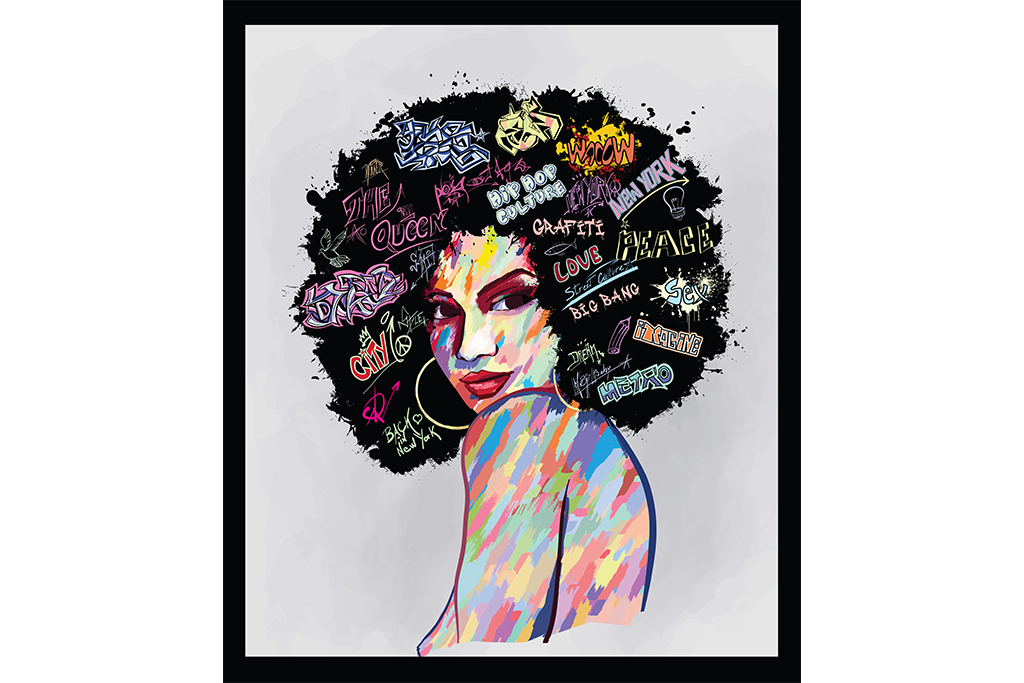Locs, also known as dreadlocks, are more than just a hairstyle—they’re a cultural expression, a
lifestyle choice, and in many cases, a spiritual journey. Despite the increasing popularity and
visibility of locs in mainstream media, many myths and misconceptions still surround this natural
and versatile hairstyle. These false ideas can lead to discrimination, confusion, or poor haircare
practices. It’s time to debunk some of the most common myths about locs and shed light on the
truth.
One of the most persistent myths is that locs are dirty or unhygienic. This belief stems from
outdated stereotypes and a lack of understanding about how locs are cared for. In reality,
properly maintained locs are just as clean—if not cleaner—than loose natural hair. People with
locs often follow strict haircare routines that include regular washing, deep conditioning, and
scalp care. The key difference is that locs require products that don’t cause buildup and must be
dried thoroughly after washing to prevent mildew. Cleanliness is a top priority for most
individuals on a loc journey.
Another widespread myth is that locs are permanent and irreversible. While locs are a long-term
commitment, they are not unchangeable. It is entirely possible to comb out locs, especially if
they’ve been well maintained and haven’t fully matured. The process takes time, patience, and
lots of conditioner, but it can be done. For those who want a fresh start, cutting them off and
starting over is also an option. Locs offer flexibility in both expression and transition.
Some people also believe that locs grow slower than other hair types. This is false. Hair in locs
grows at the same rate as any other hair type; however, since the hair is not being combed or
cut regularly, the length is often retained better. The “shrinkage” many see during the beginning
stages of locs may give the impression of slow growth, but as the locs mature and lengthen, the
growth becomes more obvious. In fact, many people with locs experience fuller and longer hair
over time because of less breakage and manipulation.
There’s also a misconception that locs are only for people of African descent or that they carry
only one cultural significance. While locs are deeply rooted in Black culture and history, they
have also appeared in other cultures around the world—including ancient Egypt, Hinduism, and
the Rastafari movement. The choice to wear locs should always be made with respect and
understanding, but they are not exclusive to any one group. The significance behind wearing
locs often varies by individual and culture.
Lastly, some assume that all locs look the same or that they lack versatility. This couldn’t be
further from the truth. Locs come in all shapes, sizes, textures, and styles—from freeform to
manicured, thin to thick, long to short. They can be dyed, braided, curled, styled into updos, or
worn down. Locs are one of the most adaptable natural hairstyles, offering endless possibilities
for personal expression.
In debunking these myths, it becomes clear that locs are not only beautiful and expressive, but
also rooted in care, versatility, and heritage. As with any hairstyle, education is key to
appreciation—and locs deserve the same respect and understanding as any other hair journey.




